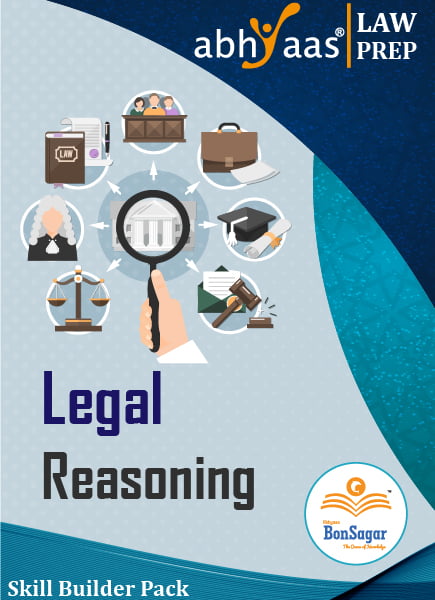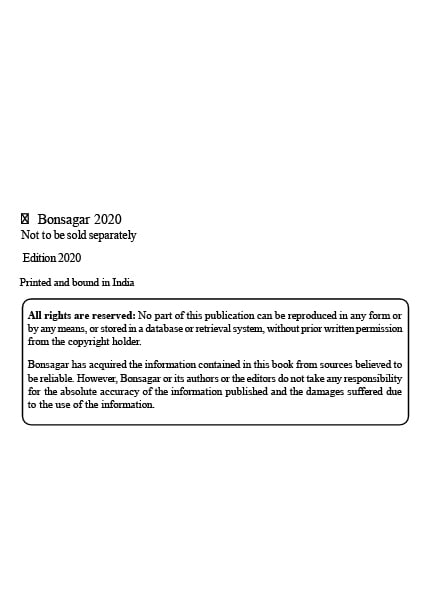HOW TO CRACK THE CAT EXAM IN 8 MONTHS WHILE WORKING FULL TIME?
It might be difficult to study for the Common Admission Test (CAT) while maintaining a full-time job. However, it is feasible to pass the CAT exam and gain admission to a prominent business school with careful preparation, time management, and concentrated efforts. We’ll give you a thorough overview of how to study for the CAT test in 8 months while working a full-time job in this post.
Months 1 and 2: Exam Understanding and Foundation Building
- test Pattern and Syllabus: Become familiar with the CAT test format, including the number of sections, time allotted for each, and scoring system. To make a study plan, be aware of the syllabus and the importance of each component.
- Take a diagnostic exam to evaluate your current level of competence and pinpoint your strengths and shortcomings. This will enable you to identify the areas that need additional focus throughout your planning.
- Time management: Plan your study time so that it fits around your working hours. Set aside specific periods of time each day for studying, and follow the timetable religiously.
- Brush Up on the Basics: Commence reviewing the core ideas of verbal, logical, and quantitative reasoning. Before continuing, strengthen your base in these areas.
Strengthening Conceptual Understanding and Practise in Months 3–4
- Deepen your understanding of quantitative aptitude areas including geometry, algebra, number systems, and data interpretation. Focus on comprehending the fundamental ideas while addressing a range of problems.
- Verbal Ability and Reading Comprehension: By reading business journals, articles, and newspapers, you may improve your reading comprehension and speed. Practise resolving a variety of reading comprehension problems, and create approaches for giving precise answers.
- Develop your critical thinking abilities by working through puzzles, critical thinking difficulties, and data interpretation issues. Logical Reasoning and Data Interpretation. Practise effectively analysing and understanding data sets.
Months 5 and 6: Practise Exams and Study Techniques
- Start taking full-length practise exams to get a feel for the CAT exam setting. Examine your performance, pinpoint your weaknesses, and concentrate on improving your speed and accuracy.
- Practise your time management techniques by taking practise exams. Quickly distinguish between simple and complex queries to better manage your time. Keep your attention on finishing the test in the allotted time.
- Practise in sections: Set aside a certain amount of time to work on each component separately. Complete practice exams and sample papers per section to enhance your performance in each area.
Intensive Practise and Revision in Month Seven
- Review Your Performance on Mock Tests: Examine your performance on mock tests, look for patterns of errors, and concentrate on fixing them. Spend extra time practising questions from those topics and working on your weak areas.
- Focus on Speed and Accuracy: By completing timed practise exams, concentrate on increasing your speed and accuracy. To save time on the actual test, practise mental computations, shortcuts, and eliminating response options.
- Review and consolidation: Go through all the critical formulae and ideas. For rapid review, write succinct notes or make flashcards. Review and practise CAT exam questions from prior years to become familiar with the structure and level of difficulty of the test.
Month 8: Final Studying and Exam Planning
- Exam approach Refinement: Using the results of your practise exams, adjust your exam approach. During the real test, determine which areas are your strongest and weakest, and allot time appropriately.
- Take a few practise exams that simulate the exam setting to get used to the pressure and time limits. Examine your performance, pinpoint your areas for development, and make the required corrections.
- Maintain a Positive Attitude and Remain Calm During the Final Days of Preparation: Remain calm and confident. Avoid scrambling at the last minute and concentrate on comfortably reviewing and practising.
How to ace the CAT 2023 QA portion is as follows:
- Strengthen your Foundation: Since the part focuses on the candidate’s mathematical skills, you should concentrate on memorising the equations and mathematical formulae that are pertinent to the QA curriculum. You can navigate the part more easily if you have a solid foundation in mathematics and formulas.
- Work on shortcuts: Knowing and memorising shortcuts that will assist you get at the final answer quickly will enable you to transition between questions with ease. Techniques for speeding up the process will also assure accuracy.
- Time your Sectional Responses: To increase your speed in the section, keep track of the time it takes you to answer each question as you practise, then work steadily to cut it down. With more practise and by using quicker techniques, time may be cut in half.
- Practise with Mock Tests: While taking mock tests, consider your ability to answer questions, the correctness of your answers, and your weak points. You may enhance your performance by concentrating on your weaker areas and the areas that need more attention using the mock exams.
- analysis of QA-focused Study Resources: You can use realistic study resources that will prepare you with an emphasis on the most recent test pattern to build competency and practise the segment. It will enable you to become familiar with the section’s structure and the emphasis on its major subjects.
The following is a list of measures to assist you get ready for DILR:
- When you get to the DILR portion, take 5-7 minutes to go over the sets and decide which is the simplest and which is the hardest. After completing the challenging set, start answering the others in sequence of increasing difficulty.
- Do Not Try the full DILR Section: The goal of DILR is to answer at least 2 out of the 4 supplied sets accurately in order to reach the 99%ile, not to try the full section. Candidates can then concentrate on responding to the simpler sets first.
- Practise Mock Tests: Similar to the VARC part, applicants should try one topic-wise mock for the DILR portion at least once every week in order to assess their speed and accuracy when taking the DILR section.
While holding a full-time job, preparing for the CAT test needs commitment, self-control, and efficient time management. You may make the most of your time and resources by using the tactics described in this article to pass the CAT test in 8 months. Keep in mind to remain consistent, follow a set study schedule, practise frequently, and ask for help when necessary. You can be admitted to a prestigious business school if you work hard and are persistent. I wish you luck!




